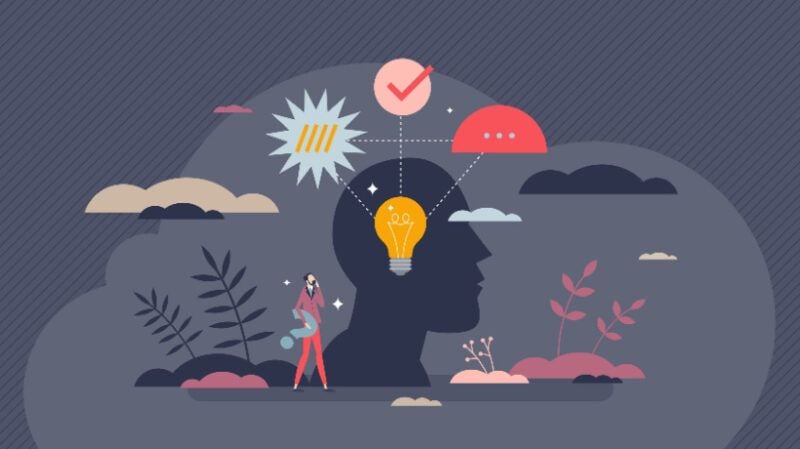
Unlocking the Potential of Every Learner
How can we boost engagement and motivate learners to exert more effort? This question has led educators and instructional designers to explore insights from fields beyond traditional education. A fresh wave of interdisciplinary research is shining a light on behavioral economics, which merges concepts from various domains to better understand how learners make decisions and engage with learning materials. By leveraging these insights, we aim to create transformative educational experiences that cater to behavioral tendencies and drive successful outcomes. In this article, we’ll delve into the principles of this burgeoning field and how they can shape educational design and delivery. Let’s dive in!
A Glimpse into Behavioral Economics
Behavioral economics challenges conventional assumptions about decision-making in humans. Initially, it emerged as a combination of economic behavior analysis and psychological principles. This field aims to predict how individuals navigate their economic choices, often revealing deviations from purely rational actions. Increasingly, experts from various fields are recognizing the implications of behavioral economics for education, particularly for eLearning professionals.
As academic performance remains a key area of focus, the application of behavioral economics offers practical solutions for enhancing learner motivation, engagement, and achievement. By analyzing performance through a psychological lens, educators can gain valuable insights into learners’ decision-making processes and apply effective strategies. Let’s explore how these insights can be used to optimize educational outcomes.
Key Behavioral Economics Principles for Enhanced Learning
To cultivate independent learners who effectively seize learning opportunities, educators must understand the dynamics of the learning experience. Below, we outline several principles from behavioral economics that can help tailor educational approaches to align with learners’ behaviors.
1. The Impact of Framing and Prospect Theory
Within behavioral economics, prospect theory highlights how individuals weigh choices between risky and safe options. It suggests that learners are more motivated by potential losses than equivalent gains, and this is where framing effects become crucial.
The presentation of information significantly impacts perception; learners evaluate scenarios based on how information is conveyed. Even if two options appear equally appealing, the manner in which they are framed can influence decision-making. Therefore, a challenge framed as a potential loss may motivate learners more than one framed as a mere opportunity.
Consider two framing strategies:
- Goal Framing: Focuses on outcomes that encourage desirable behaviors, e.g., “If you do this, you will gain that.”
- Attribute Framing: Highlights the pros and cons of actions to either encourage or dissuade, e.g., “Students who start early perform best.”
2. Understanding Loss Aversion and Status Quo Bias
Loss aversion explains that learners are often more inclined to avoid losses than to achieve equivalent gains. The discomfort of losing something is generally more potent than the pleasure of gaining something of equal value. Hence, loss aversion can guide effective instructional design by encouraging motivation and engagement.
Traditional educational models often rely on gain-based incentives (grades, certificates), yet behavioral economics suggests that emphasizing potential losses can be even more motivating. Furthermore, status quo bias, where individuals prefer familiar patterns over change, can inhibit learner progress and critical thinking.
3. The Anchoring Effect
Anchoring refers to the tendency of individuals to rely heavily on the first piece of information they encounter, which then disproportionately influences their subsequent judgments. In education, this can shape expectations and performance. For instance, if a course is estimated to take 10 hours to complete, that figure can act as an anchor, impacting how learners approach time management and completion rates.
Instructional designers should be mindful of this effect to ensure that anchors promote positive learning behaviors without discouraging learners.
4. The Paradox of Choice
In today’s world, learners face an overwhelming number of choices, which can lead to decision paralysis, adversely affecting academic performance. The paradox of choice suggests that while a certain level of choice is beneficial, an overabundance can overwhelm and discourage learners from making decisions.
To navigate this, educators can streamline options through personalized recommendations or manageable defaults, ultimately fostering a more focused learning environment.
5. Fostering Intrinsic Motivation
Intrinsic motivation is a vital driver for effective learning, as it compels individuals to engage in tasks for the inherent satisfaction they provide rather than for external rewards. By understanding this concept, educators can create enriching curricula that enhance learner engagement and foster a love for learning.
To cultivate intrinsic motivation, consider the following:
- Give learners control over their educational choices, ideally within a structured framework.
- Ensure that learning aligns with learners’ broader goals and offers real-world relevance.
- Provide measurable indicators of progress to instill a sense of accomplishment and growth.
Conclusion
Recognizing and influencing how learners perceive their educational experiences can unlock improved learning opportunities. Don’t overlook the value of behavioral economics in shaping effective learning systems. By understanding the intricacies of decision-making behaviors, educators can foster environments that enhance learner engagement and satisfaction. Tailoring approaches to meet diverse learner needs can lead to more successful outcomes, allowing us to fulfill our ultimate goal: inspiring learners to invest in their education and thrive.



